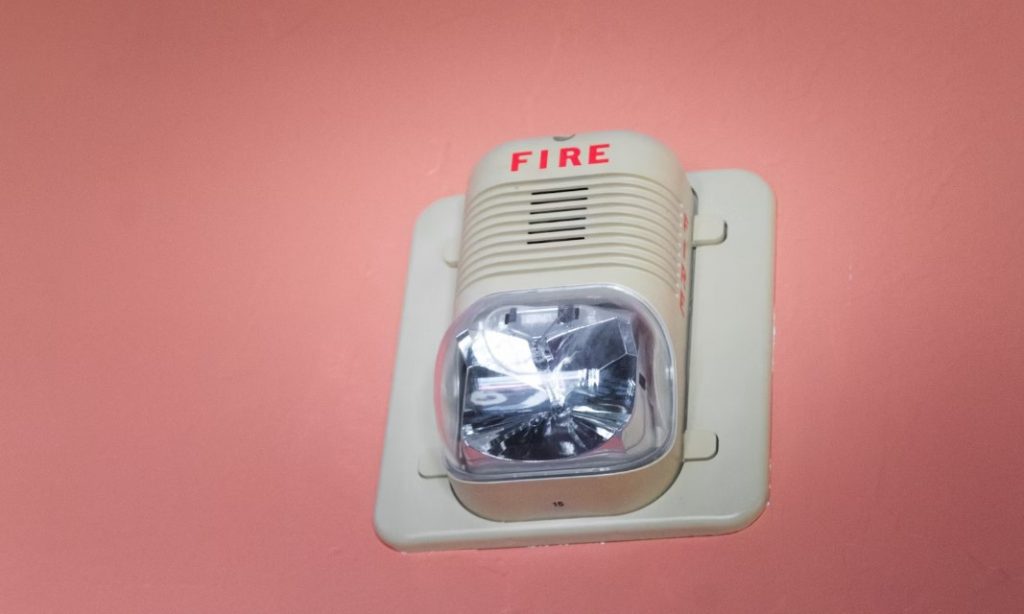The use of technology has significantly improved the safety and security of office buildings. With the rise of smart offices, traditional fire safety methods are replaced with more advanced systems that utilize cutting-edge technology to prevent, detect, and respond to fires. In this article, we will delve deeper into one crucial aspect of fire safety – fire sprinkler inspection, and explore how technology is revolutionizing fire safety in smart office buildings to create a safer work environment for employees.
Advancements in Fire Safety Technology
Traditional fire safety methods such as smoke detectors, sprinkler systems, and fire extinguishers have been the go-to solutions for protecting buildings against fires. However, these methods are often reactive and rely on human intervention to prevent a disaster from occurring. With the incorporation of technology, fire safety systems have become more proactive and can detect potential hazards before they escalate into major incidents.
One of the most significant advancements in fire safety technology is the use of sensors. These sensors can be installed throughout a building and detect changes in temperature, smoke, and air quality. They can also identify potential sources of fires, such as faulty wiring or overheating equipment. By constantly monitoring the environment, sensors can detect hazards in real-time and alert building management to take immediate action.
Another important advancement is the use of data analytics. With the help of artificial intelligence (AI), data collected from sensors can be analyzed to identify patterns and predict potential fire hazards. This allows for proactive measures, such as addressing potential issues before they become problematic.
Integration with Building Automation Systems
Technology is being integrated into building automation systems to enhance fire safety further. These systems control various aspects of a building, such as lighting, HVAC, and security. Incorporating fire safety technology into these systems allows for a more comprehensive and coordinated response in case of a fire.
For example, if a sensor detects smoke in one area of the building, it can trigger an automatic shutdown of the HVAC system to prevent the spread of smoke throughout the building. It can also activate other emergency protocols like closing doors and activating alarms and sprinkler systems.
Remote Monitoring and Control
One significant advantage of smart office buildings is the ability to monitor and control fire safety systems remotely. Using a centralized dashboard, building management can have real-time access to vital information, such as sensor readings, operational status of fire safety equipment, and potential hazards identified by data analytics.
In a fire emergency, this remote access allows for quicker response times and more efficient evacuation procedures. It also allows for remote control of various systems, such as activating alarms or opening/closing fire doors if necessary.
Employee Safety and Training
Besides implementing advanced technology in fire safety systems, smart office buildings prioritize employee training and awareness. Employees are trained to respond in case of a fire emergency, and regular drills are conducted to ensure everyone knows the evacuation procedures.
Technology also plays a significant role in employee safety. Building management can use wearables and tracking devices to track employees’ locations during an emergency. This information can help guide rescue teams and ensure all employees are safely evacuated from the building.
Best Practices for Implementing Fire Safety Technologies
The first step in implementing smart fire safety technologies is selecting the right systems. Businesses should conduct a thorough risk assessment to identify their specific needs. Factors to consider include the building’s layout, the types of materials stored, and the number of occupants.
Once the appropriate systems are selected, the next step is installation and integration. Working with certified professionals is crucial to ensure the systems are installed correctly and integrated with existing building management systems. Proper integration allows for seamless communication between safety systems, enhancing overall effectiveness.
Even the most advanced fire safety systems require regular maintenance and testing to function optimally. Businesses should establish a maintenance schedule that includes routine inspections, system tests, and software updates. Periodic drills should also ensure occupants know how to respond during an emergency.
Final Thoughts
Incorporating technology has greatly improved fire safety—fire sprinkler inspection in smart office buildings. Sensors, data analytics, and integration with building automation systems allow for a more proactive approach to preventing fires and responding to emergencies. With the added focus on employee training and awareness, technology is helping to create safer work environments and giving employees peace of mind while working in smart office buildings.


